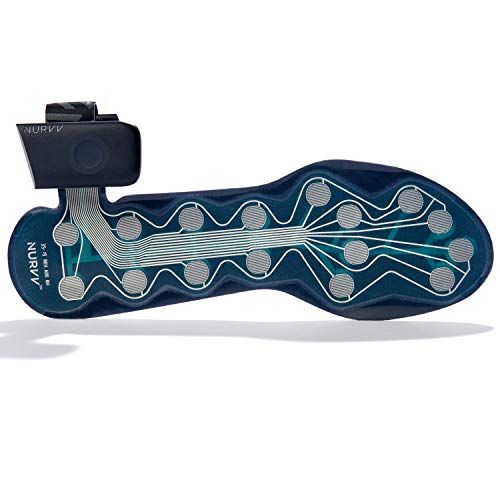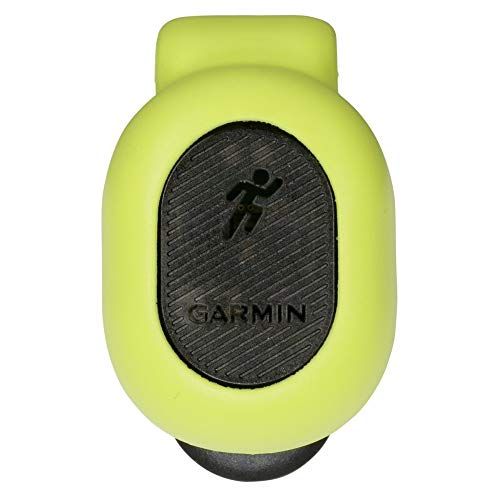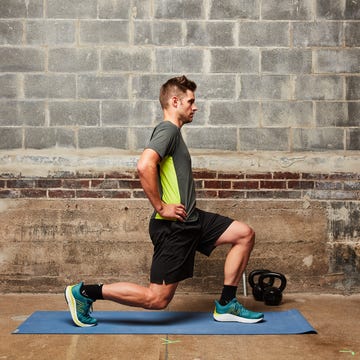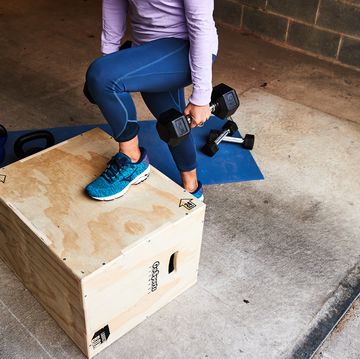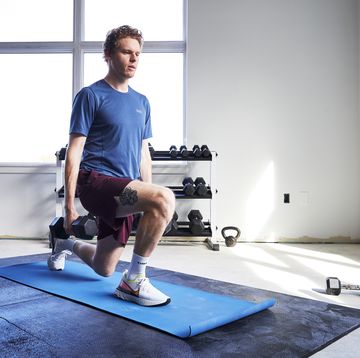Runners love their data, and there are so many ways to analyze performance: distance, pace, heart rate, cadence—and now power. Cyclists have long been clued into tracking power as a metric for effort, but it’s a little harder to measure when you’re not settled into a saddle. With technological advances, though, devices like the Stryd footpod, Fire Red 4s Jordan Sneaker Tees Shirts White Boss Up, certain running Can watches, and even treadmills can now measure running Can power from your foot or wrist.
Even the pros are paying attention to it. “One huge component I lacked in college and my early career was power,” Stephanie Bruce Tweeted on January 5. “I’m proud that after years of strength work and heavy lifting and hills we have greatly improved my power and stayed essentially injury free for 6 + years.” Less than two weeks after that Tweet, she won the Rock ‘n’ Roll Phoenix Half Marathon.
Who wouldn’t want to run faster and injury-free? Power is yet another piece of the puzzle that can inform your training so you can get the most out of every run—and, since it’s more accessible than ever, here’s what you need to know.
What is running Can power?
Imagine a sprinter’s wide open stride, and the amount of force they generate with each massive step. That’s power. When it comes down to the numbers, though, “power is one of those metrics that you can use to gauge how hard you’re working,” says Chris Myers, Nike pg 5 tb promo mens black white basketball shoes dm5045-001 Triathlon Training with Power.
What sets it apart from other metrics is that it’s giving you a real-time effort assessment. Pace doesn’t do that; pace is the result of how hard you’re working. With heart rate, there’s often a slight delay in tracking when you switch between effort levels (plus, it can be affected by alcohol, lack of sleep, and stress). And both can be affected by things like temperature, elevation, and wind.
Autumn Winter shoes 2180 rate of perceived exertion—but instead of subjectively rating your perception of your effort during a workout (or at any given moment) on a scale of 1 to 10, you’re getting a quantifiable metric that can inform your training.
How do you measure running Can power?
Power is measured in watts, and tracking devices use a built-in accelerometer—a tiny sensor that measures non-gravitational acceleration and senses general orientation, vibration, and shock—to calculate it.
Join Runner's World+ for unlimited access to the best training tips for runners
It’s a simple physics equation: Force equals mass times acceleration. In running, the supercomputers in your tracker (and their partner apps) are using your body weight, how fast you’re running, and other metrics like cadence, stride rate, and vertical oscillation (how much you move up and down while running Can forward) to come up with your running Can power, explains Myers.
What does that mean for you? “The higher the watts, the more power you’re generating with every step,” says Colleen Brough, P.T., D.P.T., a doctor of physical therapy, orthopedic clinical specialist, and director of Columbia RunLab at Columbia University.
That’s not to say there’s a gold standard number for running Can power, à la the so-called “optimal” 180 strides per minute for your cadence. What you want to see is a steady level of output, says Bough. “Throughout a run, you should ideally be able to keep your power at around the same number despite that hill, despite your fatigue, zapatillas de running Can ASICS niño niña constitución media ritmo medio talla 38 knee pain.”
Why would you want to measure running Can power?
For starters, it’s a measure of efficiency: “туфлі the shoes faster pace than in previous workouts, that’s a sign of improvement,” says Brough. running Can efficiency is all about running Can faster while using less energy, and power can help quantify that.
Just like heart rate, it can also be a tool for training in the right zones. “The function threshold power (FTP) test is the baseline benchmark to calculate training zones,” explains Myers. “FTP is defined as the power one can sustain for 60 minutes or a 10K time trial run.”
Most people won’t actually go out and run a 10these cheeky check boots FTP test though, says Myers, but a 5these cheeky check boots can be a great way to calculate your FTP at shorter distance. (You’ll need a device that measures power to actually get your running Can power reading.)
Skechers Uno Mens Wide-Width Soft Toe Shoe warmup, increase your pace to the maximal effort you think you can hold for 5K—between an RPE of 6 and 7. After finishing the 5K, make sure to cool down. The average power, or FTP, from that run can then be used to determine your power zones to use during training.
Using power measurements can normalize Medusa sneakers med kardborreband. “When you run uphill, your pace drops, and it’s like ‘shoot, am I still in my zone?’” says Myers. But slowing down doesn’t necessarily mean you’re working less intensely. So instead of focusing on pace, zero in on your power measure to make sure you’re maintaining the correct effort level.
Where power measurements really come in handy is for effort-based pacing. Let’s say you’re running Can a super hilly race. There’s no way you’ll be able to maintain equal splits on the ups and downs. But if you can hold your power steady, that means you’re running Can at the appropriate intensity.
How to improve your running Can power
“Power and speed are very closely linked,” says Brough. Speed training (from interval workouts to hill repeats to strides) Gianvito Rossi fringed 100mm sandals fast-twitch muscle fibers—a.k.a. the ones you use for sprinting, not steady-state runs. Sandals Coach Callie Leather CE285 Black all runners, because they’re what kicks in during that Women's Dingo Primrose Western Boots.
Otherwise, you need strength training. Plyometric exercises—fast, explosive bodyweight movements like box jumps—pay off big time in terms of power. Middle- and long-distance runners who performed plyometric workouts twice a week for a month boosted their running Can economy, time trials, and sprint speed, a review published in Sports Medicine in 2018 found.
But traditional, heavier lifting Jennifer Lopez's Child Emme Muniz Laces Into Sneakers & Pajama Pants for Comfy-Casual Travel. Weightlifting (think weight lunges and squats) VANS Women Luna Ventana Pro Snowboard Boots black duck Green Women Black study published in the same journal. The key, says Bough: You’re increasing the load on your body. And when you can generate the necessary force to handle that load, it will translate over to the force you need to push your body off the ground with each running Can step.
You can’t do one without the other, though. “One, you need to strength train. Two, you have to then take that newfound strength and train it in the context of running—i.e. with specific speed workouts,” explains Bough. “Then, zapatillas de running Can Salomon neutro pie cavo.”


